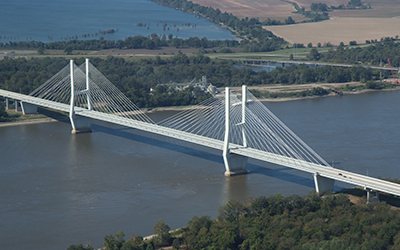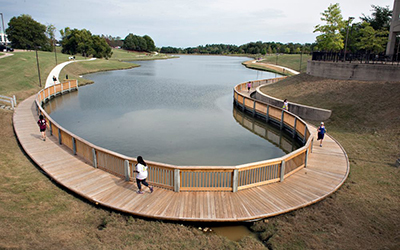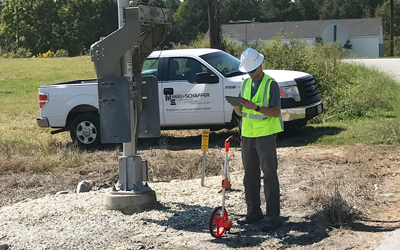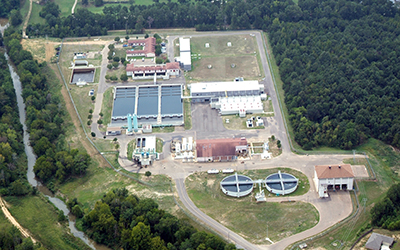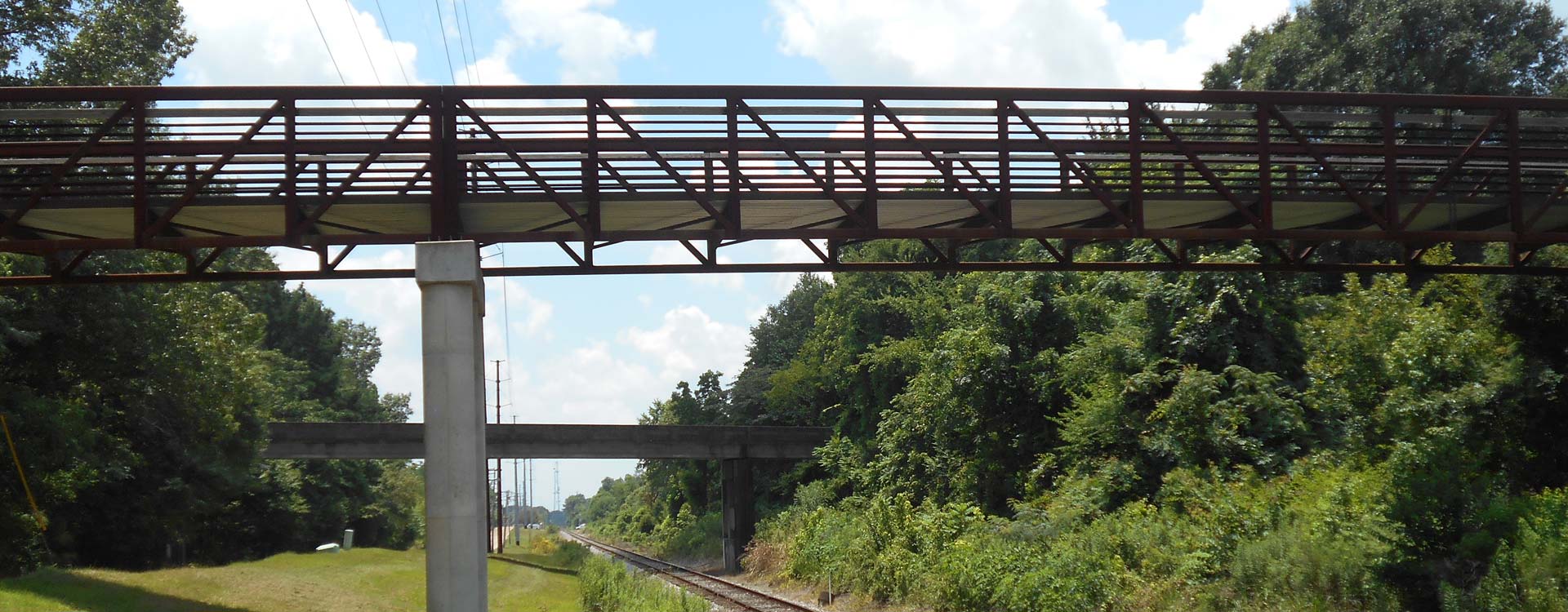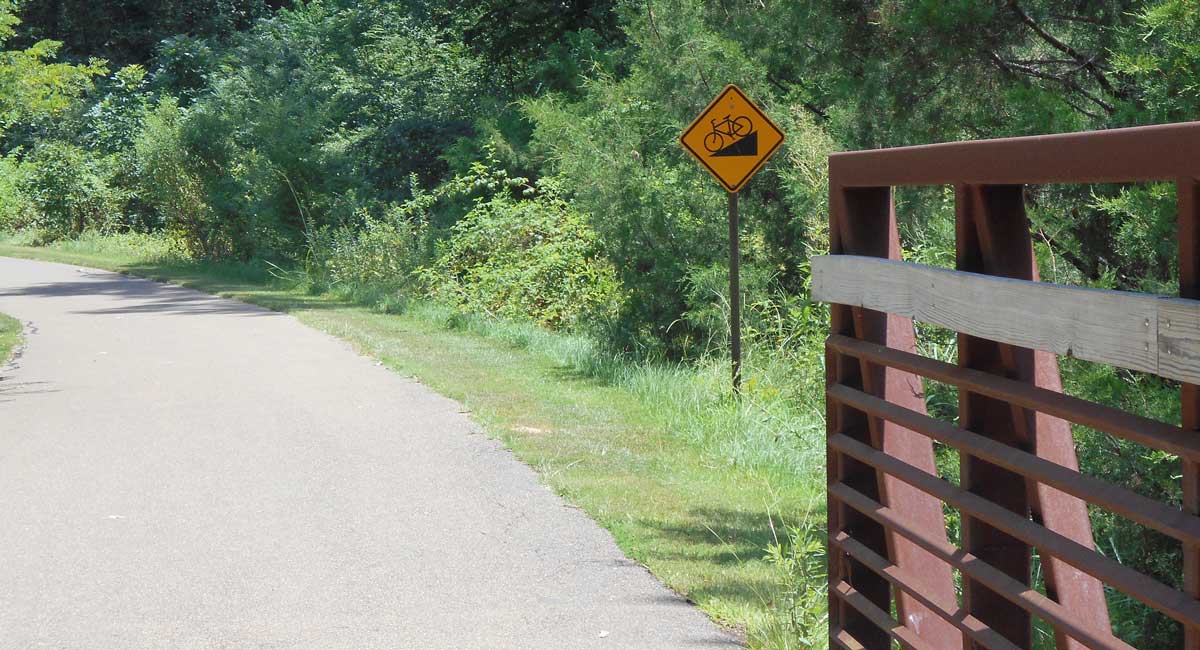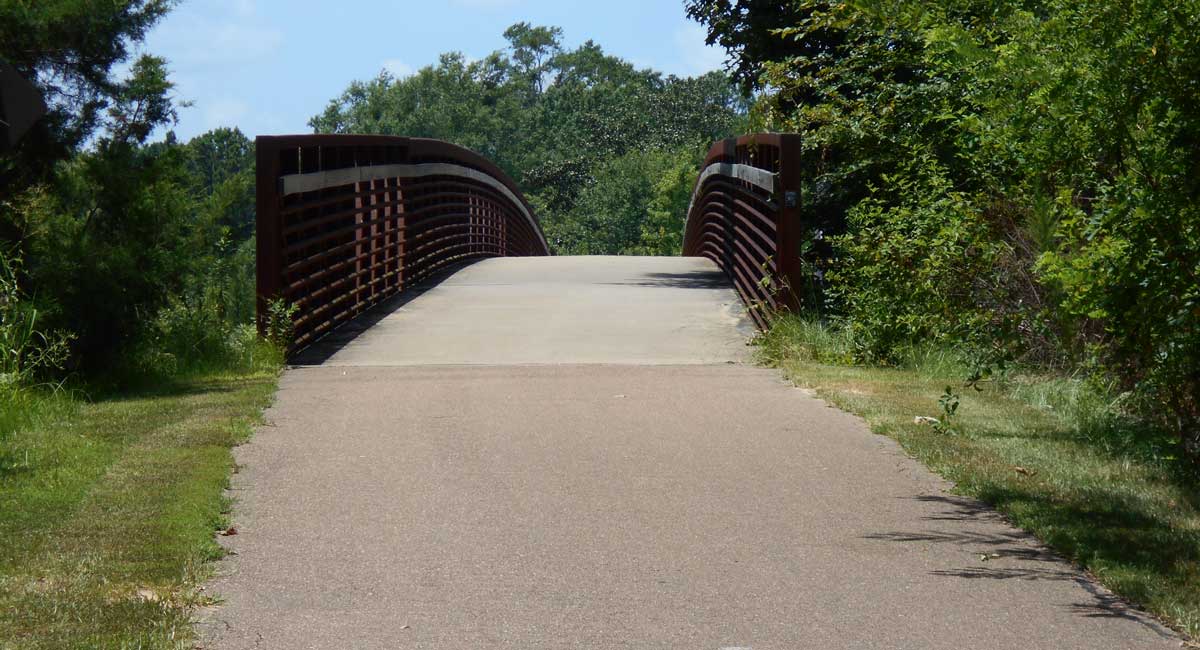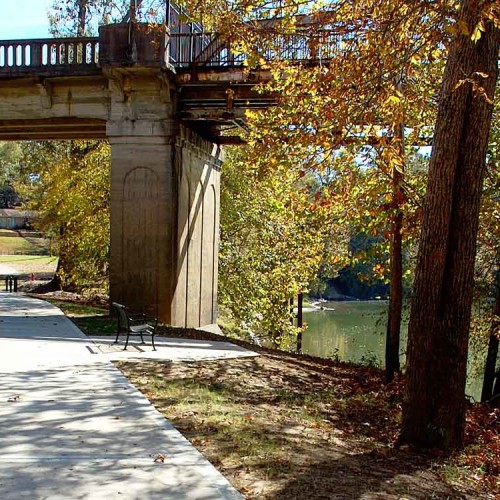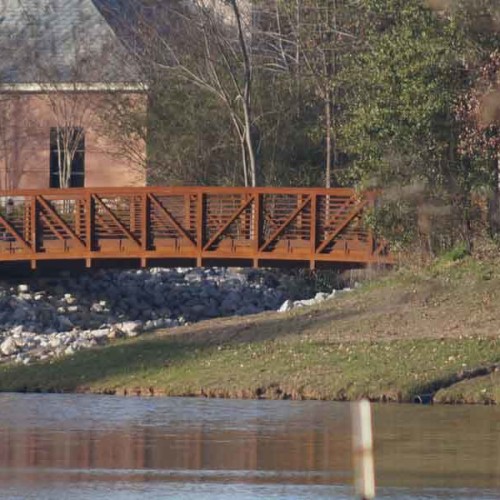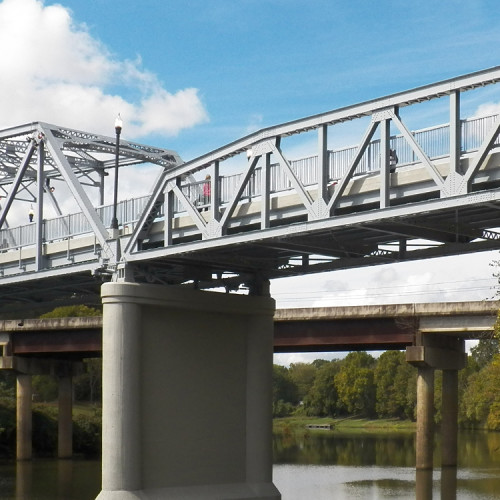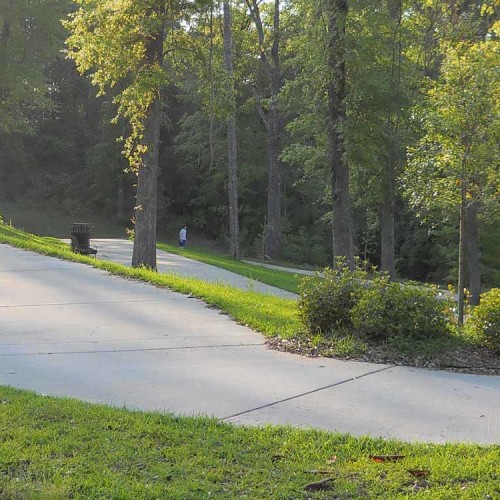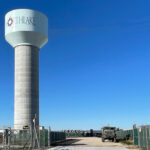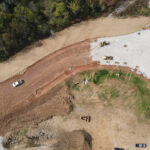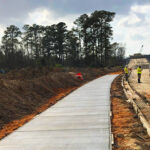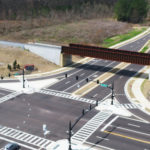RIDGELAND, MS
Transportation Enhancement funds fuel recreational growth
Neel-Schaffer provided engineering design and construction services for the City of Ridgeland’s 2.2-mile multi-use path that represents the second phase of a multi-phase master plan that will connect the city with a similar project in adjacent municipalities.
The $2.7 million project was largely funded with money received through the federal government’s Surface Transportation Program and is considered a “transportation enhancement.” This program, which is administered by the Mississippi Department of Transportation, provides funds to local public agencies for projects such as biking and walking trails and the renovation of historic structures that have a connection to transportation.
The project connects to another multi-use path the City built a few years ago with Highland Colony Parkway, a major north-south corridor that is a favorite with cyclists, and Sunnybrook Road, which supports two schools and a community college.
The majority of the path traverses the wooded right-of-way of the Natchez Trace Parkway and will connect with trails the National Park Service plans to construct. This section of the path features natural settings and a 250-foot arched steel pedestrian bridge spanning the main rail line of the Canadian National/Illinois Central Railroad. It also crosses Interstate-55 by means of a dedicated bicycle lane that the National Park Service incorporated into the design of the new bridge it completed.
The design of the project was complicated by having to coordinate the efforts and obtain the approvals of the City, MDOT, the CN/IC Railroad, and the National Park Service. A significant effort was required to investigate and document the potential environmental impacts of the project. Both the railroad and the Park Service required that construction easement agreements be executed. The terrain along the Natchez Trace Parkway made it necessary for that portion of the path to include several steeply graded sections.
The scope of services included:
- Development of preliminary design and final contract plans
- Topographic and boundary surveying
- Assembly of contract documents, special provisions, and project cost estimates
- Preparation of environmental documents
- Coordination of right-of-way acquisition and utility relocations
- Construction administration and observation
- Coordination of materials testing

